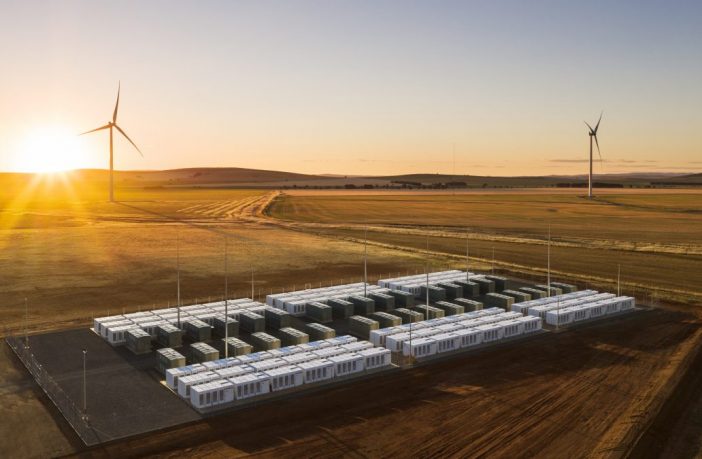- French IPP Neoen, who owns Hornsdale Power Reserve (HPR) wind/big battery hybrid system in South Australia’s mid-north, has been ordered by the Australian Federal Court to pay a A$900,000 penalty despite admitting to breaches of the National Electricity Rules at the time and returning $3.4 million in over-payments.
- The breach relates to failing providing back-up contingency services to the grid in 2019.
- The Australian Energy Regulator (AER) nevertheless pursued the matter insisting that software settings are as important as the hardware itself and won a court order for the owner of the battery to be fined A$900,000.
The 150MW Tesla supplied big battery plant is designed to provide grid scale inertia services and fast frequency response. Between July and November 2019, HPR made offers to the Australian Energy Market Operator (AEMO) to provide contingency frequency control ancillary services (FCAS), which are used to keep the lights on following a power disturbance in the grid.
During a firmware upgrade of the Tesla batteries in July, 2019, the “droop settings” on the Hornsdale facility were accidentally changed from 1.7 per cent – the minimum allowed for battery storage to respond at the super-fast speeds advertised – to 3.7 per cent.
It appears that no one noticed this change and it had no impact until October 9, when the 750MW Kogan Creek coal generator in Queensland, the newest and biggest coal unit in the main grid, tripped – for the 17th time over a two year period.
Hornsdale was required to respond under a contract for “contingent frequency response” with AEMO. But because of the changed droop response, Hornsdale delivered just 13.4MW in the fraction of the second it had promised, instead of 29MW that would have been expected.
Hornsdale owner Neoen later discovered the problem, reported it to the Australian Energy Market Operator , and returned $3.4 million in over-payments. But to the AER it did matter. It pursued the matter, insisting that software settings are as important as the hardware itself, took it to court and has now won a court order for the owner of the battery to be fined $900,000
AER chair Clare Savage welcomed the penalty as sending an important message to the whole market at a time when many new operators are connecting to the grid.
“It is vital that generators do what they say they can do if we’re going to keep the lights on through our market’s rapid transition to more variable renewable generation,” Savage said.
“It’s what is expected by every household, small and large business across Australia when they pay their electricity bills. “AEMO relies on accurate information and compliance with offers and dispatch instructions to ensure it can effectively stabilise frequency deviations,” added Savage.
Author: Bryan Groenendaal















